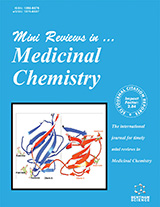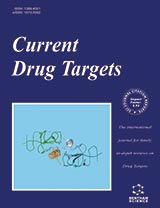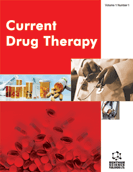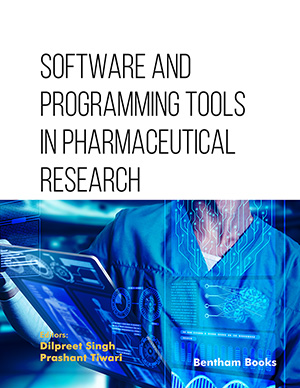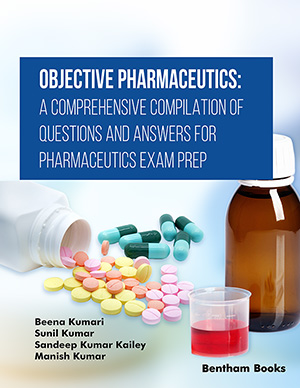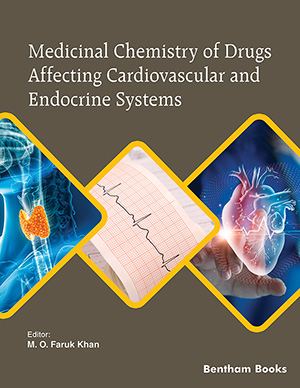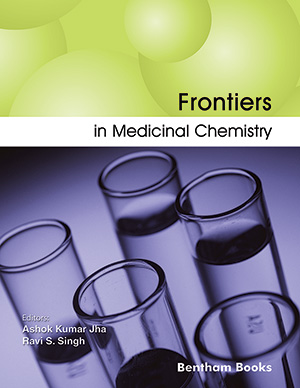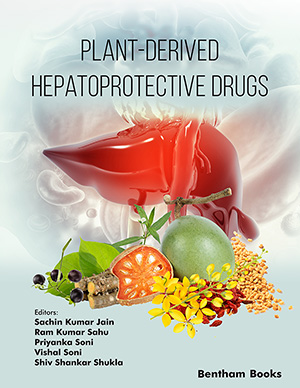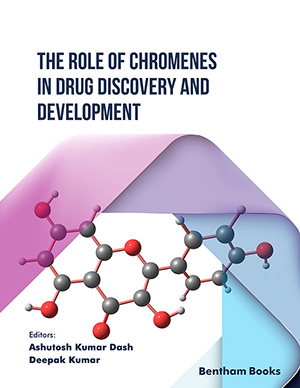Abstract
Malaria is one of the most dangerous diseases in developing countries. The chemotherapy of malaria has been based on drugs developed more than half a century ago. These drugs are continuously losing their efficacy, mainly due to multi-drug resistance developed by the malaria-causing parasite. In the last three decades, artemisinin and artemisinin-like compounds have proven to be efficient alternatives to the chemotherapeutic control of malaria. These facts have led to an increasing interest in the development of Quantitative Structure Activity Relantioship (QSAR) models for these compounds. This work presents a critical view on some QSAR models, and shows that, due to lack of a rigorous selection of the descriptors entering the models, most of them are unable to accurately indicate the molecular cause of biological activity. Some reasons for the weakness of the published models are discussed.
Keywords: QSAR, malaria, artemisinin, endoperoxide, mechanism of action, mefloquine, chloroquine, Plasmodium falciparum, artemisinin, Plasmodium sp, lipophilic, glutathione-S-transferase, sulfotransferases
Mini-Reviews in Medicinal Chemistry
Title:A Critical View on Antimalarial Endoperoxide QSAR Studies
Volume: 12 Issue: 6
Author(s): R. R. Teixeira, J. W. de M. Carneiro, M. T. de Araujo and A. G. Taranto
Affiliation:
Keywords: QSAR, malaria, artemisinin, endoperoxide, mechanism of action, mefloquine, chloroquine, Plasmodium falciparum, artemisinin, Plasmodium sp, lipophilic, glutathione-S-transferase, sulfotransferases
Abstract: Malaria is one of the most dangerous diseases in developing countries. The chemotherapy of malaria has been based on drugs developed more than half a century ago. These drugs are continuously losing their efficacy, mainly due to multi-drug resistance developed by the malaria-causing parasite. In the last three decades, artemisinin and artemisinin-like compounds have proven to be efficient alternatives to the chemotherapeutic control of malaria. These facts have led to an increasing interest in the development of Quantitative Structure Activity Relantioship (QSAR) models for these compounds. This work presents a critical view on some QSAR models, and shows that, due to lack of a rigorous selection of the descriptors entering the models, most of them are unable to accurately indicate the molecular cause of biological activity. Some reasons for the weakness of the published models are discussed.
Export Options
About this article
Cite this article as:
R. Teixeira R., W. de M. Carneiro J., T. de Araujo M. and G. Taranto A., A Critical View on Antimalarial Endoperoxide QSAR Studies, Mini-Reviews in Medicinal Chemistry 2012; 12 (6) . https://dx.doi.org/10.2174/138955712800493852
| DOI https://dx.doi.org/10.2174/138955712800493852 |
Print ISSN 1389-5575 |
| Publisher Name Bentham Science Publisher |
Online ISSN 1875-5607 |
Call for Papers in Thematic Issues
Bioprospecting of Natural Products as Sources of New Multitarget Therapies
According to the Convention on Biological Diversity, bioprospecting is the exploration of biodiversity and indigenous knowledge to develop commercially valuable products for pharmaceutical and other applications. Bioprospecting involves searching for useful organic compounds in plants, fungi, marine organisms, and microorganisms. Natural products traditionally constituted the primary source of more than ...read more
Computational Frontiers in Medicinal Chemistry
The thematic issue "Computational Frontiers in Medicinal Chemistry" provides a robust platform for delving into state-of-the-art computational methodologies and technologies that significantly propel advancements in medicinal chemistry. This edition seeks to amalgamate top-tier reviews spotlighting the latest trends and breakthroughs in the fusion of computational approaches, including artificial intelligence (AI) ...read more
Natural Products and Dietary Supplements in Alleviation of Metabolic, Cardiovascular, and Neurological Disorders
Metabolic disorders like diabetes, obesity, inflammation, oxidative stress, cancer etc, cardiovascular disorders like angina, myocardial infarction, congestive heart failure etc as well as neurological disorders like Alzheimer?s, Parkinson?s, Epilepsy, Depression, etc are the global burden. They covered the major segment of the diseases and disorders from which the human community ...read more
Natural Products in Drug Discovery
Natural products have always been one of the important ways of drug discovery due to their novel skeleton and diverse functional group characteristics. According to statistics, between 1981 and 2019, the FDA approved a total of 1,394 small molecule drugs for marketing, of which 930 marketed drugs originated from the ...read more
 23
23
- Author Guidelines
- Graphical Abstracts
- Fabricating and Stating False Information
- Research Misconduct
- Post Publication Discussions and Corrections
- Publishing Ethics and Rectitude
- Increase Visibility of Your Article
- Archiving Policies
- Peer Review Workflow
- Order Your Article Before Print
- Promote Your Article
- Manuscript Transfer Facility
- Editorial Policies
- Allegations from Whistleblowers
Related Articles
-
Anti-Angiogenic Therapies for Children with Cancer
Current Cancer Drug Targets PET/CT With 68Ga-PSMA in Prostate Cancer: Radiopharmaceutical Background and Clinical Implications
Current Radiopharmaceuticals Natural Products Triggering Biological Targets- A Review of the Anti-Inflammatory Phytochemicals Targeting the Arachidonic Acid Pathway in Allergy Asthma and Rheumatoid Arthritis
Current Drug Targets Therapeutical Potential of CB<sub>2</sub> Receptors in Immune-Related Diseases
Current Molecular Pharmacology Human Defensins: Synthesis and Structural Properties
Current Pharmaceutical Design Retinoic Acid Signaling in P19 Stem Cell Differentiation
Anti-Cancer Agents in Medicinal Chemistry Macrocyclic Inhibitors of Hsp90
Current Topics in Medicinal Chemistry Chalcones Incorporated Pyrazole Ring Inhibit Proliferation, Cell Cycle Progression, Angiogenesis and Induce Apoptosis of MCF7 Cell Line
Anti-Cancer Agents in Medicinal Chemistry Pleiotropic Role of HSF1 in Neoplastic Transformation
Current Cancer Drug Targets Interplay between DNA Methyltransferase 1 and microRNAs During Tumorigenesis
Current Drug Targets Prioritizing Disease Genes by Using Search Engine Algorithm
Current Bioinformatics Treatment of Estrogen Receptor-Positive Breast Cancer
Current Medicinal Chemistry Advances in Tumor Targeted Liposomes
Current Molecular Medicine New Agents – Manifold Consequences: The Management of Lung and Colorectal Cancer is Changing
Current Cancer Therapy Reviews Current Status of Clinical Trials for Glioblastoma
Reviews on Recent Clinical Trials Anticancer Potential and Molecular Targets of Pristimerin: A Mini- Review
Current Cancer Drug Targets Recent Patents on Interventional Robot for Prostate Cancer
Recent Patents on Mechanical Engineering Obesity and Metabolic Syndrome Affect the Cholinergic Transmission a nd Cognitive Functions
CNS & Neurological Disorders - Drug Targets Modulation of Calcium Signaling in Glioblastoma Multiforme: A Therapeutic Promise for Natural Products
Mini-Reviews in Medicinal Chemistry Bio-Inspired Algorithms Applied to Molecular Docking Simulations
Current Medicinal Chemistry


